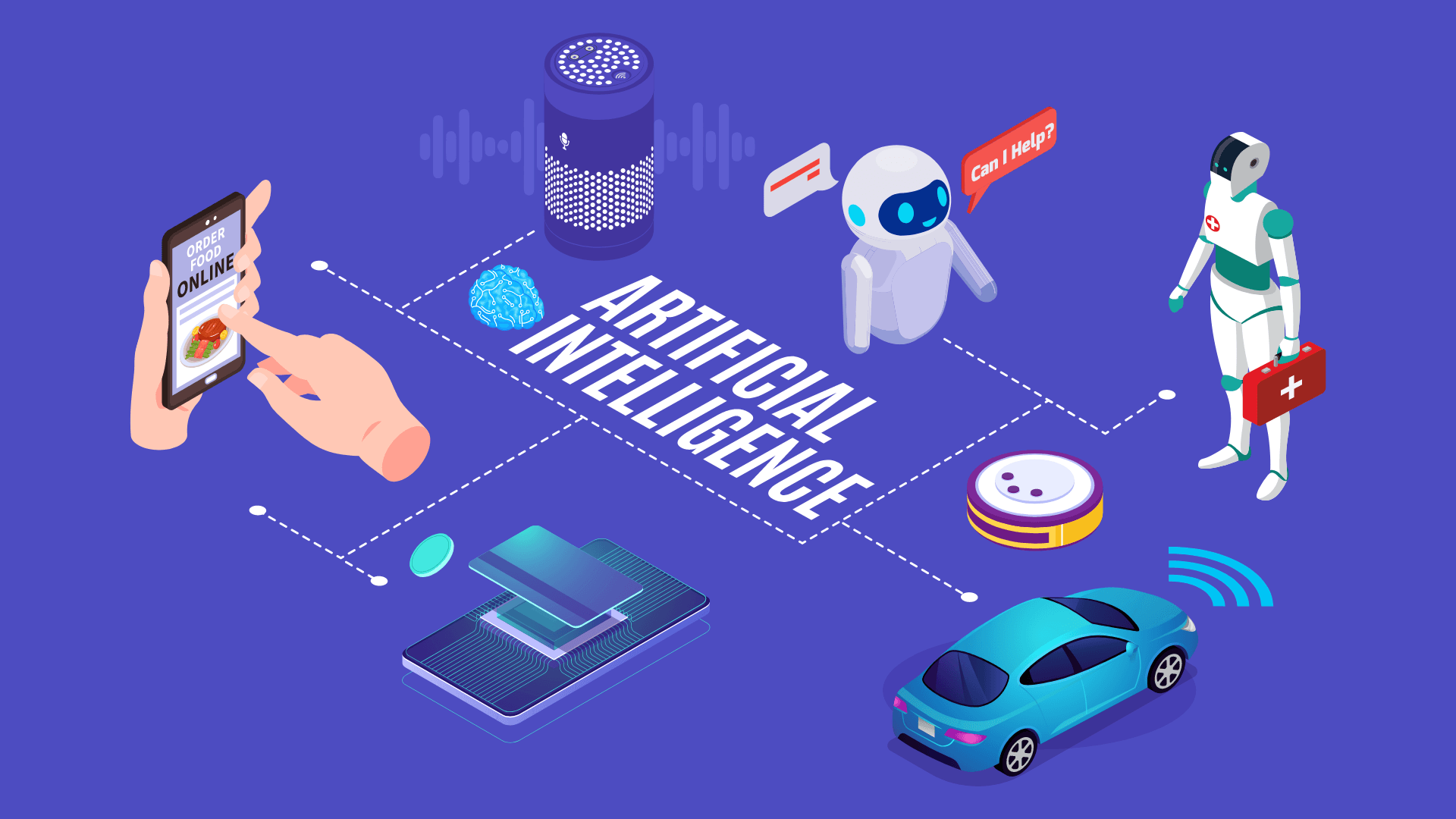
Today we will give you an overview of tools you can use to make your day to day tasks easier with AI
Artificial Intelligence is no longer a distant future; it’s here, and it’s revolutionizing every aspect of our lives. From content creation to problem-solving, AI tools are making tasks faster, smarter, and more accessible. As members of the MSU AI Club, we aim to explore this exciting new frontier, introduce cutting-edge tools, and spark curiosity about how AI is transforming our world. Whether you're a seasoned developer or just starting, this is the perfect place to dive in and learn more.
AI has already become an essential part of various creative and professional workflows, providing solutions across text, image, and video generation.
Text-Based Tools: AI chatbots like ChatGPT, Gemini, and Claude are already making waves in customer service, creative writing, and data analysis. These models can hold human-like conversations and help with everything from answering complex questions to generating creative content.
Text to Image: Tools like GPT Vision, DeepAI, and Adobe’s AI suite enable users to convert text descriptions into fully realized images, making content creation faster and more intuitive.
Text to Video: Platforms like Synthesia and Pictory allow users to generate videos with just a text prompt. AI makes it possible to create professional-looking videos without specialized skills or hours of manual editing.
Image to Video: Ever thought about transforming a static image into a moving scene? Runway ML and FlexClip are pushing the boundaries of video editing by using AI to animate images into dynamic video clips.

AI isn't confined to research labs or tech startups anymore—it's everywhere, subtly influencing how we live and work. The tools we’ve mentioned, from text-based chatbots to video synthesis platforms, are just the beginning. But how does AI truly work, and more importantly, how can you integrate it into your life? We will take a deeper look at these topics in future workshops, but here's a sneak peek:
Mechanisms Behind AI: Most AI models are built on neural networks, which allow them to process and learn from data. Understanding how these systems work gives us a better insight into why AI is so effective at tasks like language processing, image generation, and even predictive modeling.
Ethics of AI: As we become more reliant on AI, questions of ethics become paramount. What are the responsibilities of developers and users when building and interacting with these systems? How do we ensure fairness, transparency, and privacy in AI operations? These are crucial considerations that we’ll explore in our club this year.
Before we dig even deeper into the technical side, let’s take a break and have a bit of fun! At our MSU AI Club workshops, we often kick off with an interactive game called "AI or Human?" Participants engage in a text conversation and must guess whether they’re speaking with a human or an AI. It sounds easy, right? Well, last year, 45.3% of participants thought they were chatting with a human—only to find out that all interactions were AI-driven.
If you’d like to test your own ability to distinguish between human and AI, you can play the game online here. As AI continues to blur the lines of human interaction, this game serves as a great introduction to just how advanced these systems have become.

Harnessing the full power of AI doesn’t just come from using the tools but from how you use them. This is where prompt engineering comes in. A well-crafted prompt can turn a generic response into something highly specific and nuanced, taking the output from good to great.
For example:
Instead of saying, “Write an email about a delayed shipment,” you can provide more context: “You are a customer service representative in a manufacturing firm. Draft an email to a client notifying them about a delay in their shipment, keeping the tone professional and empathetic.”
By specifying a role, tone, and purpose, the AI can produce a response that feels tailored, offering a much more refined output.
The more context and detail you give the AI, the better the result. This concept doesn’t just apply to text generation—video tools, speech interfaces, and other AI modalities also benefit from precise prompts.
Throughout the year, the MSU AI Club will be hosting various workshops and projects where you can dive deeper into these tools. From understanding the theory behind AI models to getting hands-on experience with cutting-edge applications, we aim to equip you with the knowledge and skills to integrate AI into your own work.
Are you ready to explore the new era of AI? Whether it's learning how to craft the perfect prompt, building your own AI-powered app, or debating the ethics of AI systems, there’s a place for you here. Join us in our upcoming workshops, challenge yourself with new tools, and discover the incredible potential that AI holds for the future!